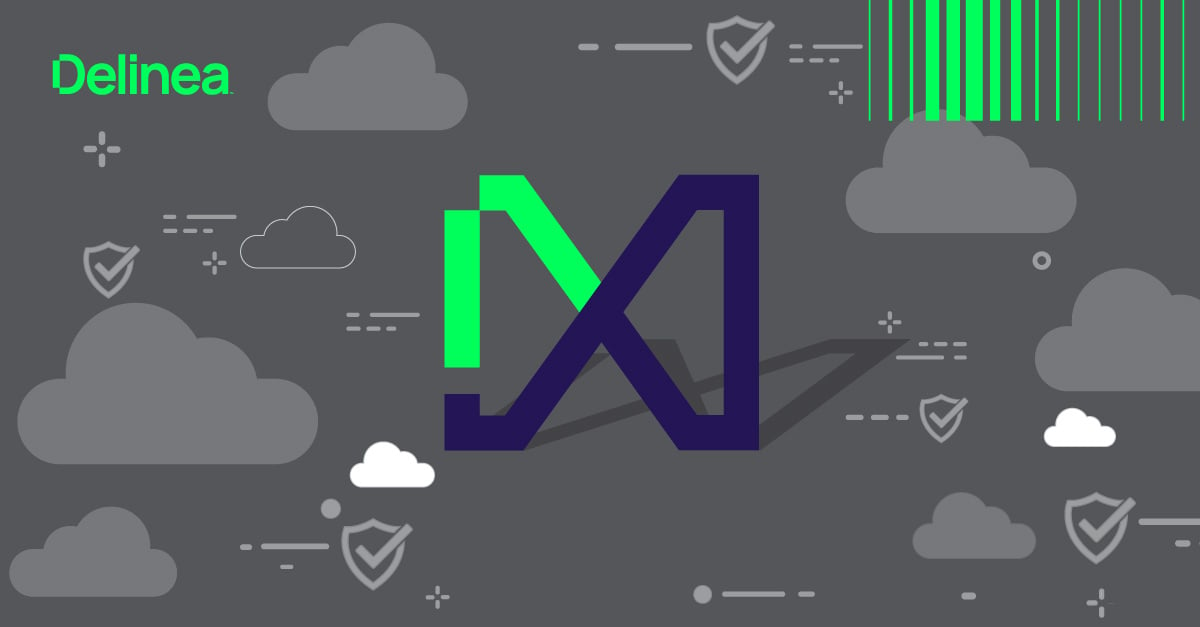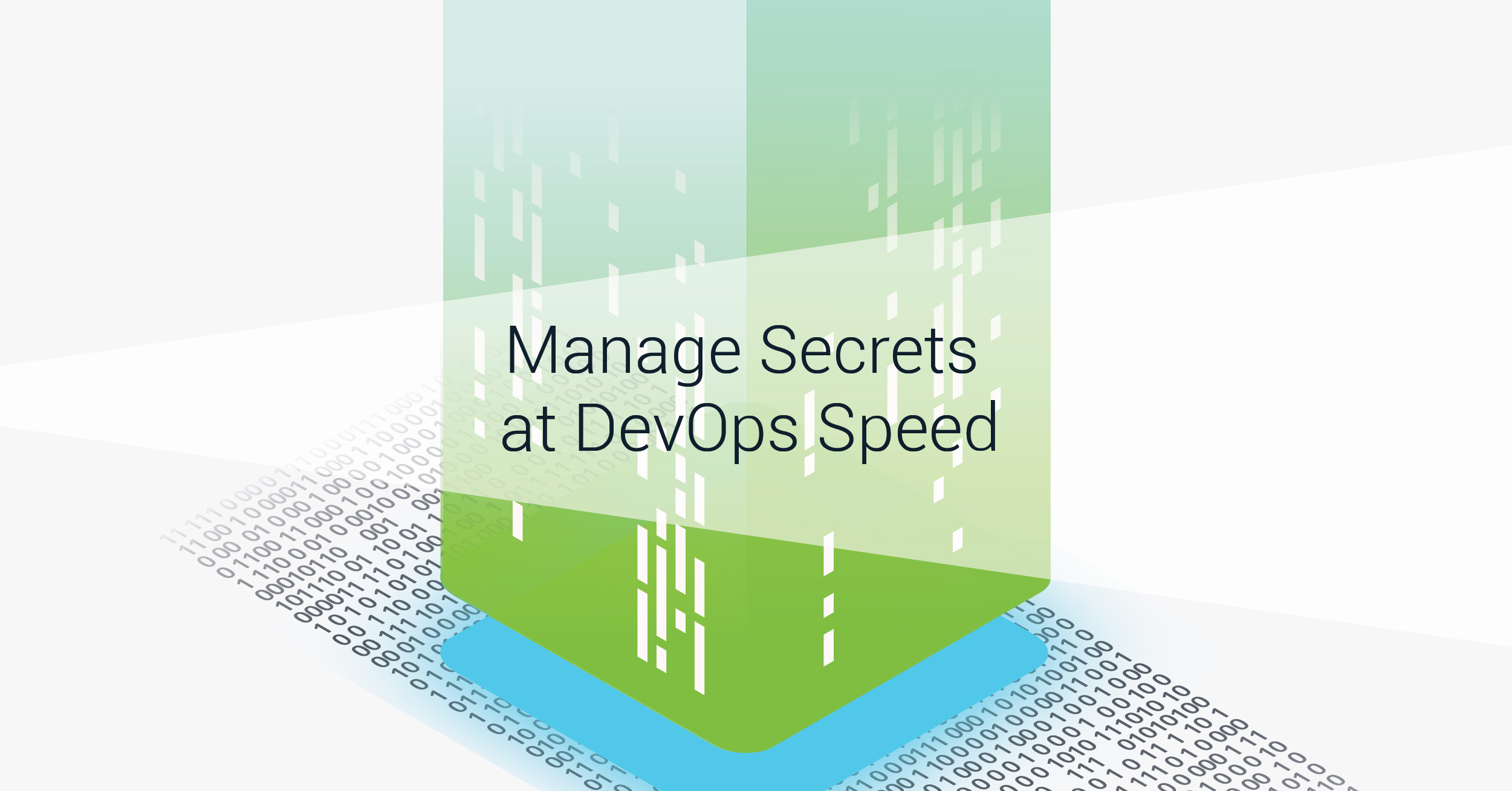What is a Secret?
A Secret is a digital authentication credential.
Secrets are individually named sets of sensitive information; they address a broad spectrum of secure data. There are many kinds of secrets, including user passwords, application and database passwords, auto-generated encryption keys, private encryption keys, API keys, application keys, SSH keys, authorization tokens, and private certificates (e.g. TLS, SSL). Each type of secret is well suited to a particular use, whether storing information at rest, or in transit, or granting access to sensitive, business-critical IT resources.
The most well-known example of a secret is a password, used to log in to an application, website, or endpoint. But these types of secrets aren’t the most common, nor are they the most difficult secrets to secure.
Secrets used by non-humans are ubiquitous yet invisible, essential to cybersecurity yet underappreciated.
Modern applications, whether hosted in the cloud or on-premise, have accelerated the need for all types of digital secrets. Application-to-application secrets are increasing exponentially. These are used to encrypt data when it’s transferred between applications—like sending information from a web page, making a secure request to an API, accessing a cloud database, or countless other cases that modern enterprises encounter as they pursue digital transformation and increase automation.
With so many types of secrets used in so many contexts, it’s easy to lose track of them or apply them consistently across the enterprise. That’s where Secret management comes in.
When we first launched our PAM product, Secret Server, well over a decade ago, Delinea chose the word “Secret” to apply to all types of digital credentials, not just passwords. “Secret” has since become a standard term, used by everyone in the PAM industry.


